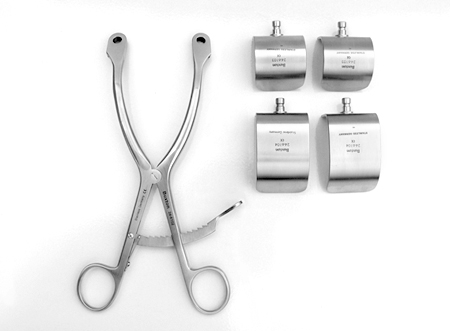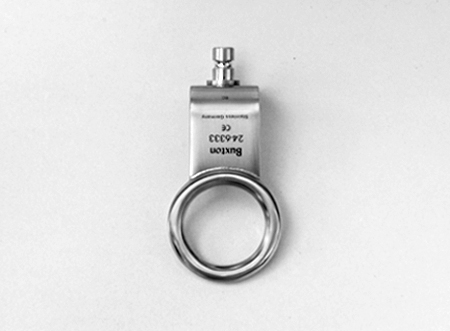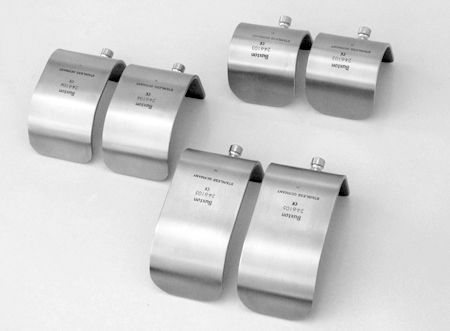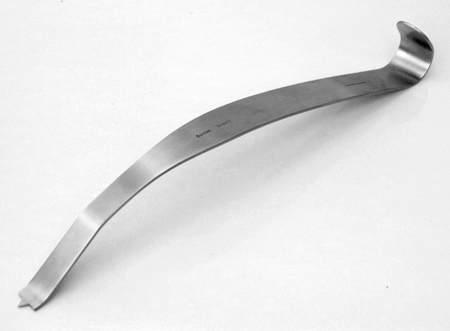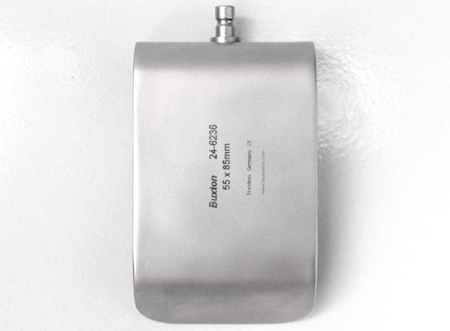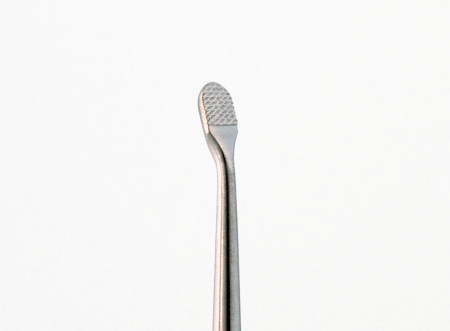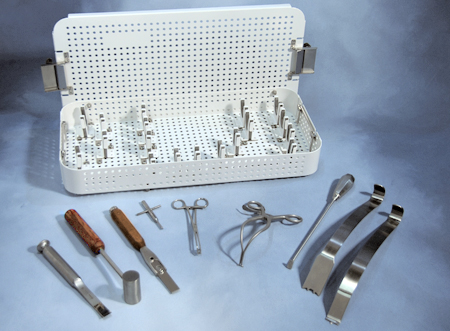-
Hand and Foot
- Small Bone
- Rongeur
- Bone Clamps
- Bone Spreader
- Wire Forceps
- Wire Cutters
- Elevators
- Raspatories
- Files
- Rasps
- Curettes
- Osteotomes
- Awls & Drill
- Bone Packers
- Mallet
- Soft Tissue
- Scissors
- Self Retaining Retractors
- • Small Frame Alm
- • Heiss
- • Deep Weitlaner Retractors
- • Distal Radius Fracture Retractors
- Hand-held Retractors
- Hooks and Rakes
- Forceps
- Hemostats
- Needleholders
- Tourniquet
-
Shoulder
- Soft Tissue Retraction
- Kölbel Retractor System
- • Kölbel Retractor
- • Modified Kölbel Retractor
- • Mini Open Retractor
- • Modified Mini Open Retractor
- • Rack & Pinion Retractor
- • Modified Rack & Pinion Retractor
- • Mini Rack & Pinion Retractor
- • Retractor Blades
- • Upgrade Your Existing Retractor
- Primary Retractors
- • Self-Retaining Retractors
- • Hand-held Retractors
- Browne Deltoid Retractors
- Subscapularis Spreaders
- Elbow Retractors
- Bone + Suture Tools
- GREAT EXPOSURE™ Retractors
- Darrach Retractors
- Humeral Head Retractors
- • Fukuda Retractors
- • Carter Rowe Retractors
- • Skid Lever
- • Bhattman Retractor
- Glenoid Levers
- Hohmann Retractors
- Suture & Tissue Tools
- • Awls & Suture Passers with Shorter Handles
- • Awls & Suture Passers with Longer Handles
- • Transosseous Set
- • Tenaculums
- • Percussive Awl
- • Needle Holders
- Chisel Set
- Rongeurs
- Mallet
-
Spine
- Rongeurs
- Kerrison Rongeurs
- • Lumbar
- • Cervical
- • Deep Bite
- • Foraminotomy
- • Bayonet Shaft
- • Beatty/Bay
- • Ceramic
- • Take-A-Part
- • Kerrison Builder™
- IVD Rongeurs
- • Gruenwald
- • Peapod
- • Caspar
- • Weil-Blakesley
- • Bayonet IVD
- • Ferris Smith
- • Cloward
- • Extraordinary
- • Curved Ferris Smith
- • IVD Builder™
- Double Action
- • Leksells
- • Stille
- • Smith-Peterson
- • Extended Length
- • Skull Base
- • Mainz
- Retractors + Elevators
- Tissue Retractors
- • Hand Held
- • Retractor Systems
- • Retractor w/ bilateral blades
- • Retractor w/ unilateral blade
- Spreaders and Distractors
- • Caspar Distractor system
- • Straight Lamina Spreader
- • Bayonet Lamina Spreaders
- • Curved Lamina Spreaders
- • Cloward Cervical Spreaders
- • Classic Cervical Spreader
- Nerve Retractors
- • Love Retractor, Bayonet
- • Love Hook, 5 mm
- • Love Hook, 3 mm
- • Scoville Hook
- • Holsher Root Retractor
- • Dandy Nerve Hook
- • Cushing Nerve Hooks
- • Murphy Probe
- Dissectors+Small Elevators
- Cobb Elevators
- • Short LP Handle
- • Knurled Metal Handle
- • Long LP Handle
- • Long/Long LP Handle
-
Knee and Hip Instruments
- Arthroscopic
- Microfracture Picks
- Nanofracture Picks
- Curettes
- • Cup Curettes
- • Ring Curettes (Pull)
- Rasps
- • Ring (Push+Pull)
- Probe
- Mallet
- Open Surgery
- Moreland Distractor
- Retractors/Elevators
- • Hip Retractors
- • Broad tipped Hohmanns
- • Narrow Tipped Hohmanns
- • Osmani Retractor
- Cobb Elevators
- Clamps
- Grasping Rongeurs
- Mallets
- Log In
-
News ArticleOn the Origin of Instruments:A Case StudyKey Terms: Primogenitor, Natural Selection, Survival of the Fittest.
Long popular as the humeral head retractor of choice, the Fukuda retractor remains a mainstay of so many shoulder sets. Once seated in the glenohumeral joint, the ring opening at the distal end of the flat, broad blade encircles the humeral head, allowing lateral retraction of the humerus and exposure of the glenoid rim along with its articular surface.
The original retractor featured a thin, broad strip of steel, 140 mm long by 25 mm wide with a 45° inferior bend 90 mm from the distal end. The single bend helped place the assistant's hand out of the surgeon's line of view, but it still presented a rather high profile when the instrument was fully inserted and in place.
The Kujat variant offered by Buxton spreads that angle out by placing a 30° bend proximal to the handle, and another 15° bend two thirds of the way down the remaining blade. A 25 mm extension to the "T" handle is further testament to the importance placed on keeping the hands of over zealous coadjutors safely out of the critical field. The Kujat also "sports" a 15° forward reaching contra-bend only 20 mm from its distal most end. This convenient lip allows the retractor to lever against the bone of the posterior glenoid neck and reduces the chance of inadvertently fracturing the fragile posterior glenoid rim. Light serrations have been strategically placed around the ring to improve traction.
The Shoulder, Vol. 1, No. 3
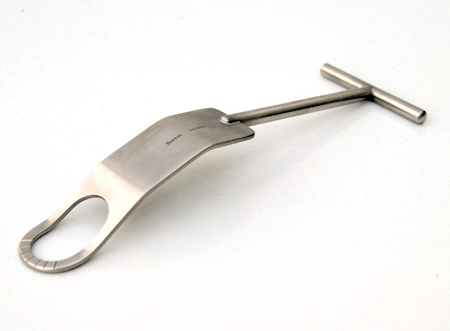
Fukuda-Kujat Retractor, 35mm item# 24-6500Login To See PricesFukuda-Kujat Humeral Head Retractor, 35mm
•Fukuda RetractorsItems you may like / More to exploreCopyright © 2026 Buxton BioMedical. • 11 Melanie Lane • East Hanover, NJ 07936 | Contact Us

